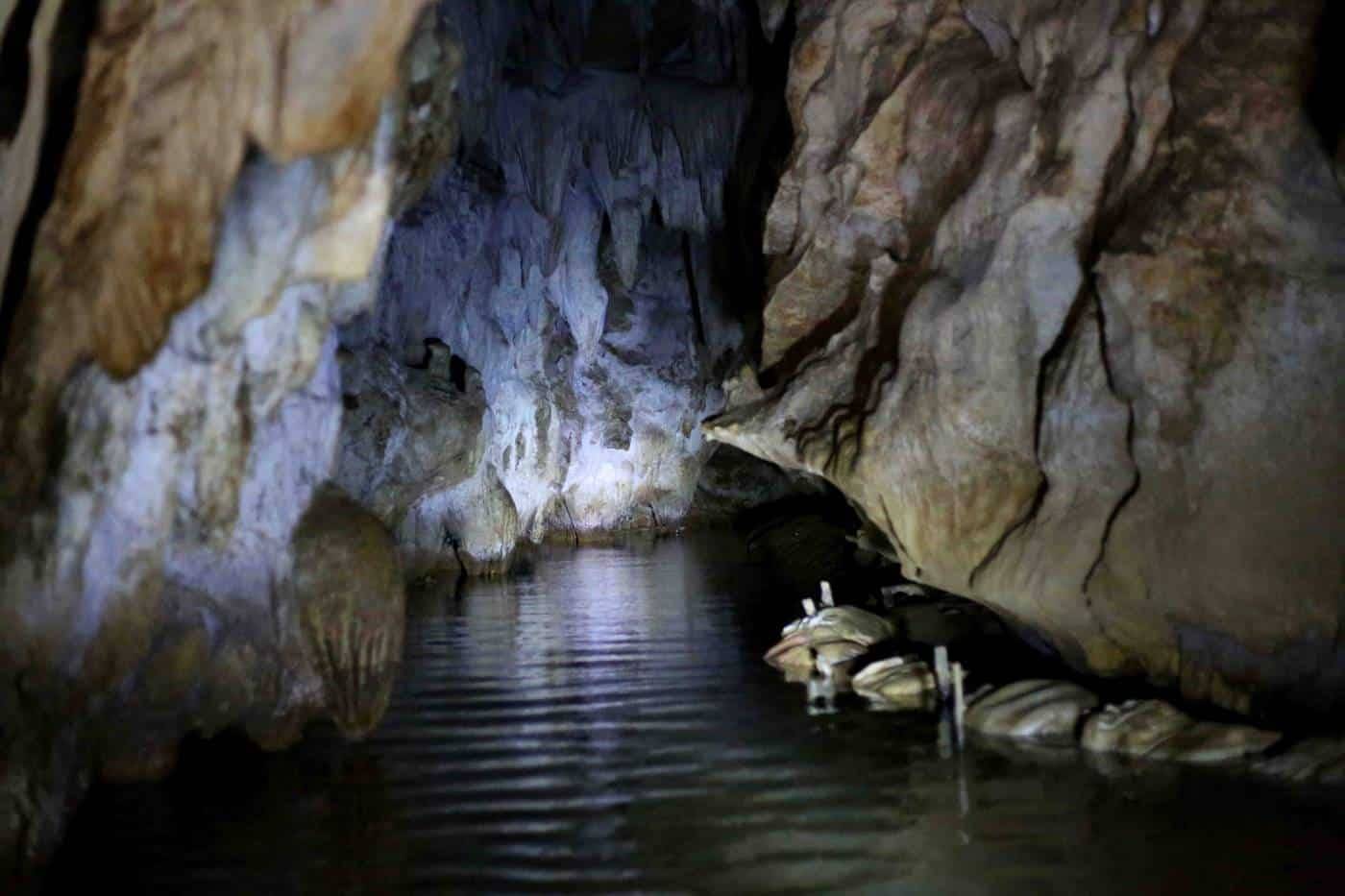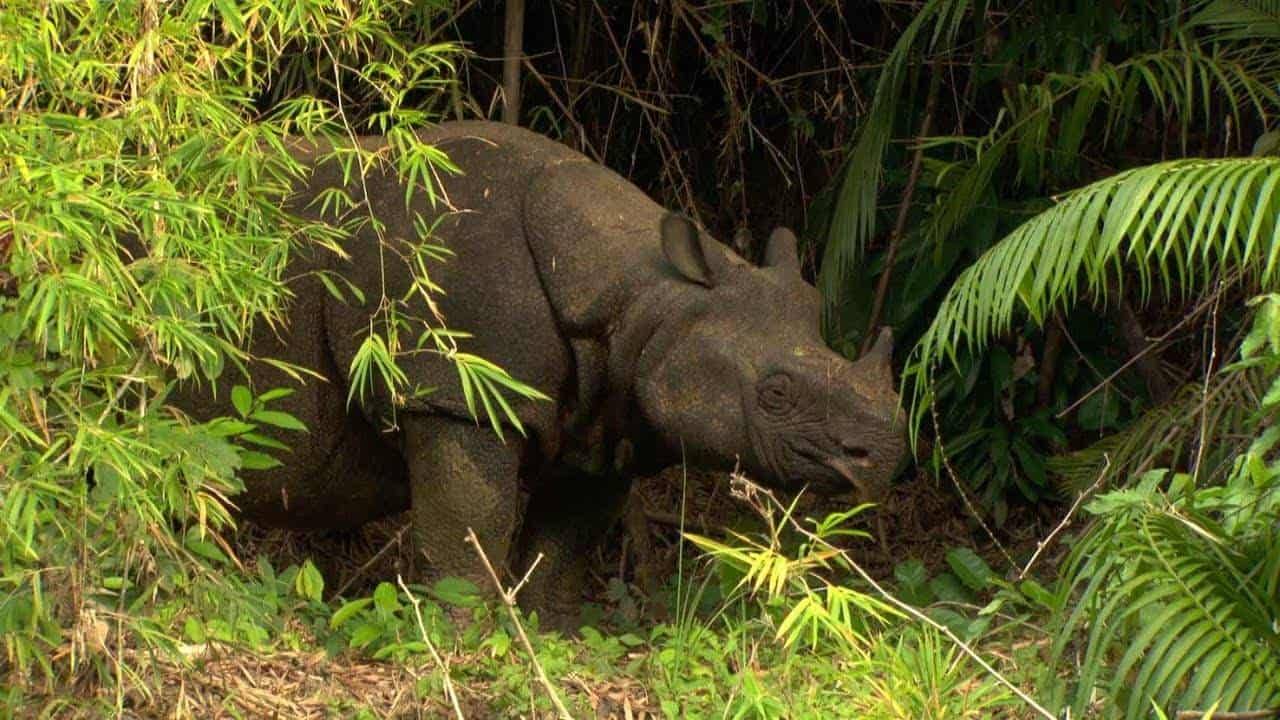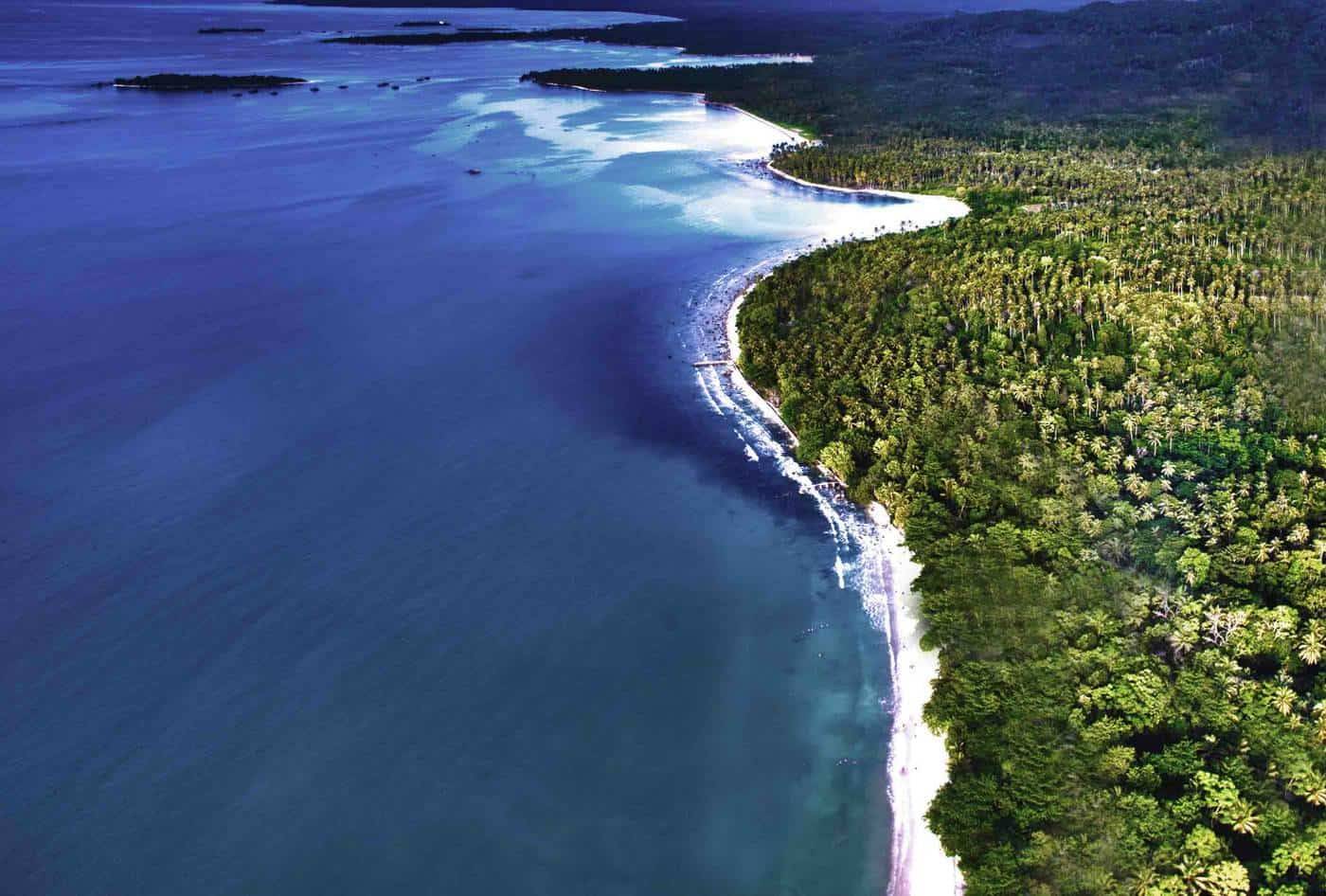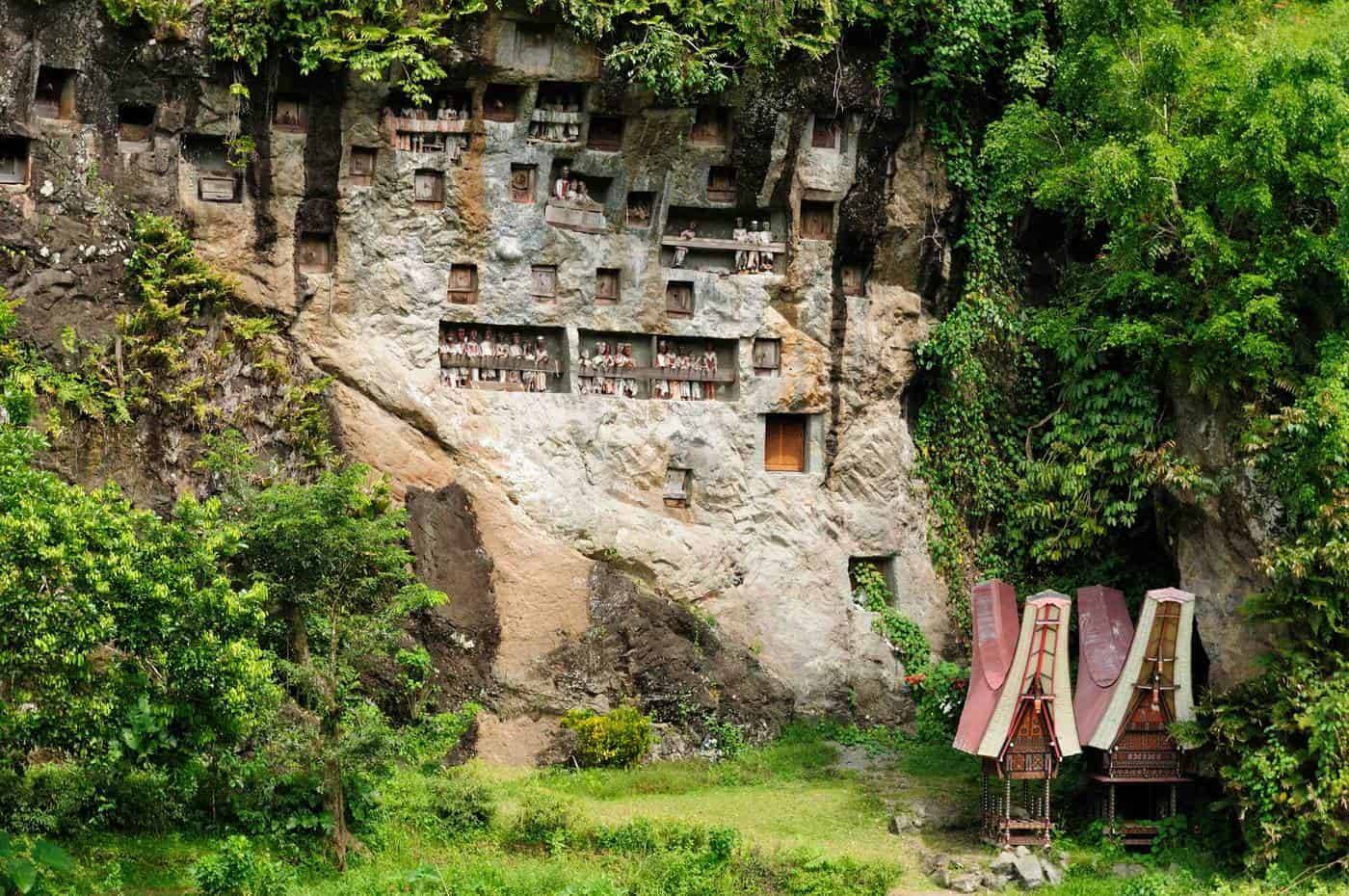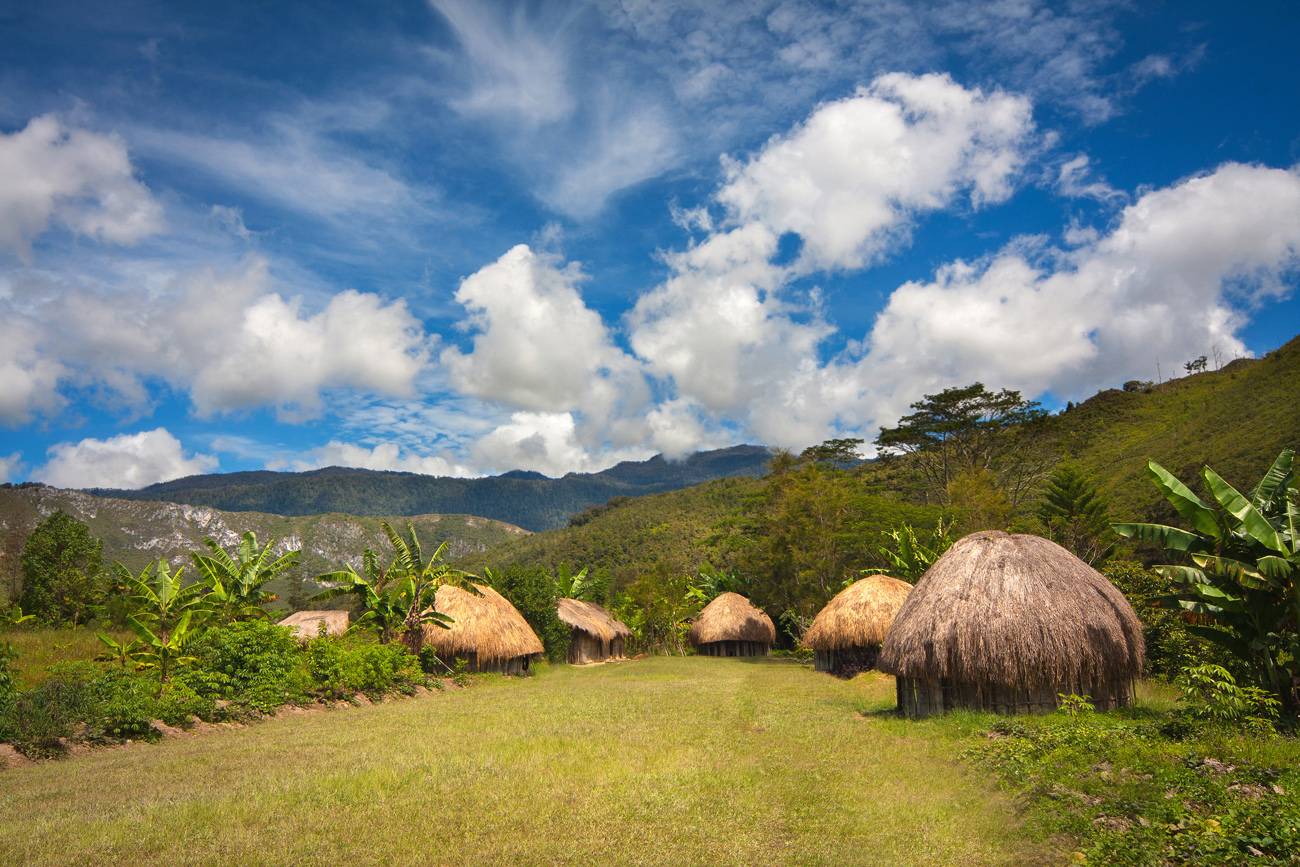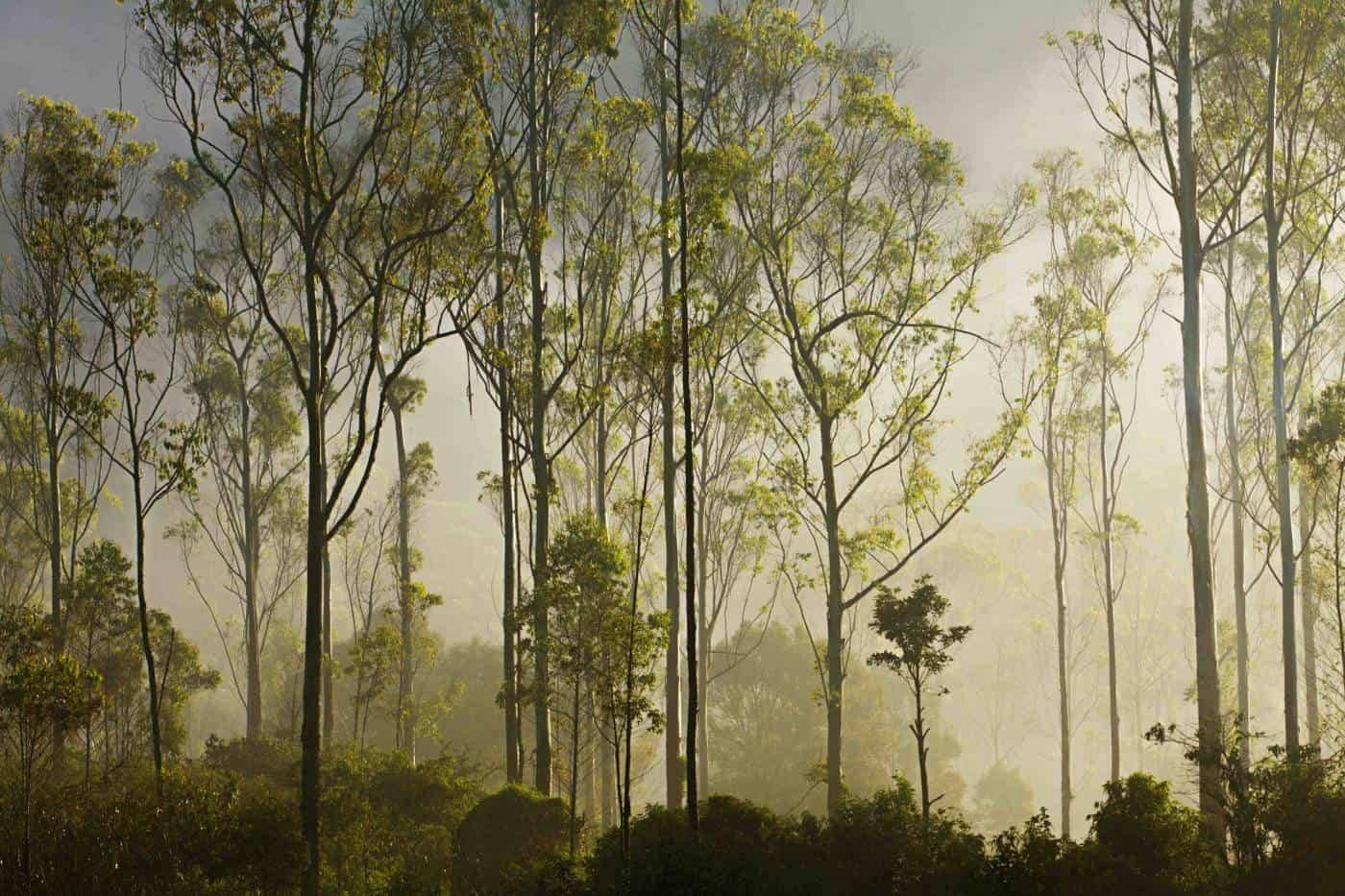
BANTEN – THE FINAL STRONGHOLD OF RHINO
The former independent Sultanate of Banten is its own province, with the capital city of Serang. It is the westernmost part of Java and an important province, for being a transit corridor Sumatra (Cilegon) and the main gateway (Serang and Tangerang) to the Indonesian capital Jakarta.
Banten has always differed from the rest of Java, with natural features and native culture more similar to Sumatra. Whereas the northern coastline has succumbed to urbanisation, the south preserves much of its original character.
Travellers who decide to explore the remote regions of Banten should be prepared for little development, yet authentic countryside, traditional lifestyle and fascinating tribal communities.
NATURAL BEAUTY OF BANTEN
The Banten province is typical of lush coastal jungles that provide great opportunities for nature and wildlife lovers. The lovely coastal town of Carita/Labuhan is the starting point to Anak Krakatau, and it features reasonably good tourism infrastructure.
Apart from Krakatau Volcano – the tourist highlight – there are many nice sandy beaches with holiday resorts and hotels along the Pandeglang Coast.
Carita and Anyer Beaches, overlooking Krakatau, are known for calm waters and good swimming whereas Sawarna Beach, facing the Indian Ocean, offers spectacular karst scenery and exciting caves.
The westernmost tip of Java is occupied by the tropical rain forest of Ujung Kulon, and it is home to some of the most endangered species in our planet.
KRAKATOA
It was a calm and quiet morning on the 10th of August 1883, when a sudden unexpected explosion equivalent to 10.000 Hiroshima atomic bombs rent the island of Krakatoa. The blast was heard as far as Sri Lanka and tremors were detected as far as Alaska. The powerful earthquake followed by a massive tsunami killed almost 40.000 people and buried most of the island.
Today, the crumbled caldera is still visible from the western shores of Java, even though it is only a ‘child’ of the original volcano. Anak Krakatoa (800 m) has become one of the major points of interest and tourism in Indonesia.
CLIMBING ANAK KRAKATAU
Anak Krakatau can be visited either from South Sumatra (Bandar Lampung) or West Java (Labuan or Anyer-Carita Beach) by arranging a motorboat tour which takes around an hour (permit required).
Visitors are enabled to walk up to the crater from where they can see black ashes, lava flows and dense smoke. Camping, hiking and fishing are popular activities on such a tour. There are some splendid beaches and nice seaside resort along the shores of Carita where most of the travellers would want to stay.
UJUNG KULON NATIONAL PARK
Sheer wilderness with only simple facilities can be found in the national park of Ujung Kulon. The reserve is known for rare species of endemic primates and Javan Leopard, but more importantly, the Javan Rhinoceros which is most seriously under threat.
The nature reserve was declared as a UNESCO World Heritage Site for containing the largest remaining lowland rainforest in Java. The area is fairly isolated and not much visited by the Westerners as it has poor infrastructure, but adventurers will certainly enjoy its marvels.
The main access is from Lebuan where you can take a boat (the easiest way) or from Sumur where not many speak English, but this is the cheapest way to get to the reserve.
Tamanjaya has a few guesthouses that can help you with hiring a local ranger who will take you to the forest – there are fantastic jungle trekking & wildlife spotting opportunities.
TO GET TO UJUNG KULON NATIONAL PARK
- From Sumatra to Cilegon via ferry, in Cinegon catch a public bus to Carita/Labuan where you can arrange a tour to both Anak Krakatau and Ujung Kulon
- From Jakarta catch a bus to Carita/Labuhan (often via Cilegon anyway)
If booking a tour (expensive option) in Labuan or Carita note that the jungle tours can cost up to USD 1000, typically 3-4 nights, and they are pretty basic)
If travelling independently (on a budget), you might fancy the option of using public transport from Serang (via Sumur) to Tamanjaya (8 hr bus trip). Hire a local guide who will take you to the jungle for less cash)
NOTE
Using public transport in this area is rather suitable for an adventurous traveller as it is not at all comfortable, not reliable and usually takes ages – however, you are guaranteed to bring with you some unforgettable memories 😉
BADUY TRIBES (THE PEOPLE OF THE FOREST)
Living a relatively undisturbed way of life, the Baduy tribes are the last primitive rainforest people in Java. Although they refuse the use of modern technology contact with the outside world is inevitable, of course, and so the ethnic group today benefits from eco-tourism.
Strangers (in some cases only Indonesian tourists) are free to visit some of the villages in the Lebak Regency to see how the indigenous people live in simple bamboo huts, with no electricity, mobile phones, soap or toothpaste, and their traditional handicraft can be purchased as souvenirs.
Note that based on their beliefs, the Baduy people do not like to be photographed, hence always ask for permission.
TO GET THERE: From Jakarta take a train to Rangkasbitung, change for a red bus (angkot) to Aweh where you will need to take a big bus (elf) to Ciboleger – the entrance to the Baduy villages (the whole journey takes up to 3-4 hrs)
GUNUNG HALIMUN SALAK NATIONAL PARK
Another magnificent wilderness area in the western Java is the Gunung Halimun Salak National Park. Shared by West Java and Banten, the reserve has been successfully protecting endangered endemic fauna and flora since 1992 and it is worth seeing in the dry season.
The territory comprises of Mount Salak & Mount Halimun, and it is a great destination for thrill seekers and nature lovers. Activities like white-water rafting, jungle trekking, tracking a leopard, exotic birdlife watching and volcano hiking are amongst the favourite.
The main access to the reserve from Banten is Bengkung, albeit not many foreigners choose this option. More popular is the entrance from West Java (Bogor), from where both volcanoes can be reached.
Climbing the Halimun Volcano is popular as the hike includes hot springs, warm mud, gorgeous waterfalls and undisturbed nature, while Mount Salak is easily accessible and less challenging. Cikaniki or Sukagalih Villages are the starting points with some nice homestays and eco-tourism.
TO GET THERE: fly to Jakarta, catch a bus from Jakarta to Bogor (1-2 hrs) or a train (30 min). Then Take a private minivan to Kabandungan or self-drive (2-3 hrs) NOTE If you intend to visit the Sawarna Beach/Banten, it is possible to reach the Halimun-Salak national park from there, via Karanghawu/West Java.
ESSENTIAL EXPERIENCES IN BANTEN (BRIEF SUMMARY)
- Serang – the Great Mosque of Banten, Pulau Dua (known for migrating birds)
- Anak Krakatau – book a private boat to take you to the volcano that you can climb, one day tours usually include meals and even snorkelling (departing from Carita or Labuhan)
- Tanjung Lesung – visit some of the most pristine beaches in Java on this outlying peninsula with surprisingly good tourism infrastructure (hotels, resorts, restaurants)
- Ujung Kulon – visit this remote nature reserve to find the Javan Rhino and try out some of the typical activities such as canoeing at Cigenter River, jungle trekking on the Peucang, Handeuleum and Panaitan Islands
- Sawarna Beach – discover the outlying but spectacular Indian Ocean coast of Banten and the Lalay Caves, the perfect spot for photographers and surfers
- Baduy Villages – take an eco-tour to Balimbing village, Gajeboh villages (access from Rangkasbitung)
- Gunung Halimun Salak – visit some of the most pristine forests in Java, tropical waterfalls and eerie volcanoes (starting point at Cikaniki or Sukagalih Villages), climb Mt Salak to see its Ratu Crater
- Pelabuhan Ratu – a stunning surfing beach and a lovely holiday destination (West Java, but very close to Banten border)
WHEN TO TRAVEL
The dry season in Java generally runs from May till October with peak tourist season in July and August (try to avoid these months as the prices go up and most of the places are overcrowded).
Good time to visit Java seems May-June and Sep-Oct. However, rain can occur at any time in this part of the world. Also, weekends and local public and school holidays will be very busy.
HOW TO GET THERE
Fly to Jakarta.
If travelling overland from Sumatra, use the Indonesian ferry services departing from Bakauheni (Lampung/Sumatra) to Cilegon (Banten/Java).
For all international flights visit www.momondo.com or www.skyscanner.com
For all domestic Indonesian flights check out www.garuda-indonesia.com


